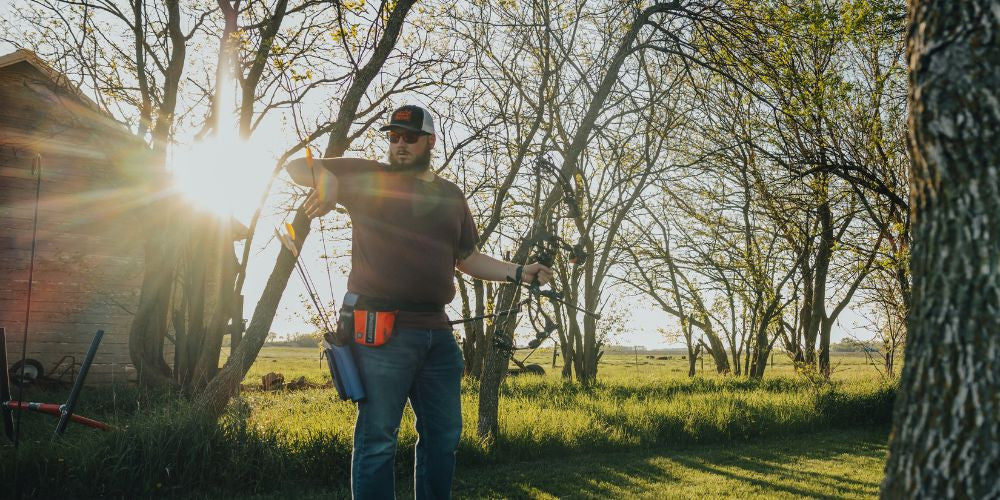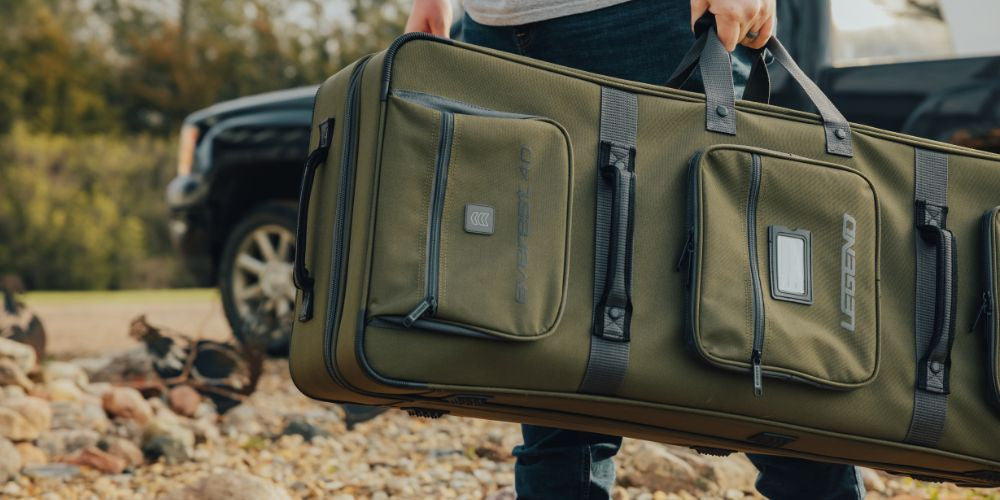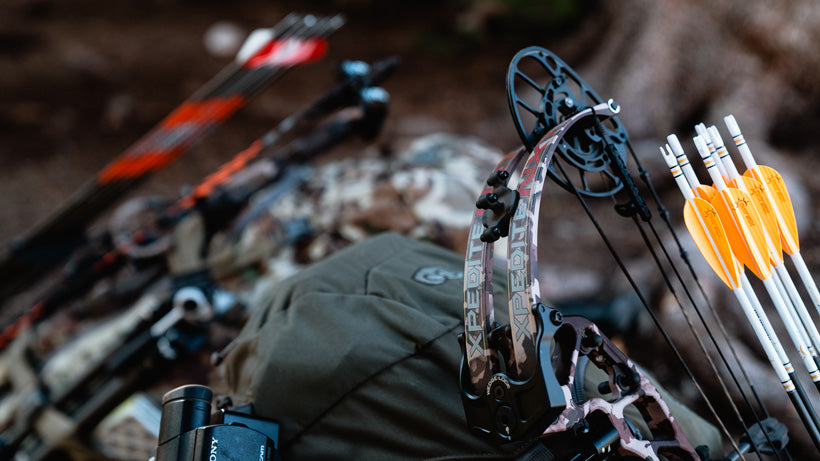There are three possible causes behind every lousy shot - the archer, the archery gear, or the archer’s environment. Some even believe that an archer is only as good as the archery equipment they have. So from the basics like your bow and arrow to archery accessories like bow sights and rests, you need all your gear in top shape to ensure optimal shooting accuracy.
While there are several essential things to remember when maintaining your gear, one of the most critical is ensuring proper storage. When stored properly, your archery gear will be able to serve you longer, thus giving you bang for your buck.
Now, let’s look into some options and how best to store your bow and archery gear:
Guide to How to Store a Bow Properly

Correctly storing your bow is vital to ensure its longevity. A damaged bow can not only thwart your shooting performance but also drain your pocket heavily since replacing your bow costs a lot of money. Hence, the need to always go the extra mile to ensure your bow is adequately stored and maintained.
Direct sunlight and extreme temperatures are arch enemies of all quality compound bows or recurve bows. So our first tip is to protect your bow from exposure to any of these villains.
When it comes to how you store your bow properly, a bow case is a gold standard for properly storing your bows. However, buying a compound bow or recurve bow is a considerable investment, which is more reason to buy the best bow case you can afford. Major considerations when buying a bow case include - your bow type (compound bow or recurve bow) and whether you want a hard or a soft bow case.
The best thing about bow cases has to be that most of them come with foam compartments, additional room and storage for bow parts and other archery accessories. So, they don’t cater to your bow alone.
Before you store your bow in a case, here are a few tips you want to keep in mind:
-
Check all screws and strings to ensure everything’s tight
-
Scan the risers and limbs to check for cracks or splinters
-
Inspect the cams to ensure that there’s no damage
-
Apply bowstring wax to the bow strings. This reduces moisture and, prevents them from fraying and increases the longevity.
These steps should also be repeated each time you remove your bow from storage and before shooting your bow, particularly after a lengthy storage period.
Arrow Storage Options

Arrows are the foundation of every shot - whether good or bad. And while they might not seem like they are high maintenance - they actually are. With incredibly delicate arrows, proper storage is vital if you hope to maintain them for long.
Although carbon and aluminum arrows on the market nowadays are tougher than ever, they can still crack, splinter, bend or break, especially when subjected to enough stress.
Primarily, your arrows should be kept neatly in an arrow quiver or arrow tube. These special bag-like containers hold several arrows in one place, allowing you to keep them organized. Then, based on your shooting style and personal preference, you can purchase one or more of the several options available.
Another good option for proper arrow storage is to store them in an arrow tube which is especially great because it can easily fit into your bow case or archery backpack for convenient portability.
Before you store your arrows, you want to do the following:
-
Check for dents. If an arrow is cracked, bent, or damaged in any way, throw it out immediately.
-
Please make sure they are dry and void of dirt or grime.
-
Remove all nocks, broadheads, and field points attached to your arrows, especially if they’ll be stored with your bow.
-
Apply very little grease to the threads of your inserts to prevent rusting.
-
Ensure that your arrows are seated firmly in the quiver or tube to prevent them from shifting around during storage.
Storing Broadheads

Properly storing your broadheads is just as crucial as your arrows. You must take the proper steps to prevent them from becoming oxidized or seized up.
-
Carefully use a broadhead wrench to remove the broadheads from the arrows
-
Place a cap or insert on the threads to protect them from being marred or damaged
-
For best longevity, you can choose to disassemble the parts
-
Clean the broadheads to rid them of any dirt
-
Check for damage and trash those that are dulled or bent
Once you’ve completed these steps, place the broadheads in a protective case that keeps them stationary and prevents them from touching one another to prevent the blades from getting dull. Storing your broadheads in a broadhead case keeps them safe and organized, removing the need to dig through a tangled pile of cutting surfaces each time they are needed.
Additional Archery Equipment and Accessories

You will also need to properly store your other archery accessories, from releases and stabilizers to bow silencers, sights, and rests.
For most of these, you’ll find that bow cases have additional space to store them. This is one reason bow cases are so versatile and are a necessity for archers. But feel free if you want to get dedicated storage cases like specialized containers or storage lubes for them.
However, the most important thing is ensuring that these accessories are clean and dry before storage. Also, place them in a way that they don’t become damaged or broken due to extensive contact.
Final Thoughts
You’ll likely invest a lot in gear and equipment as an archer. These tools go a long way in ensuring that your shooting accuracy is as spot-on as it can be. However, tools need to be maintained, and one of the best maintenance steps you can engage in is proper storage.
From your bow and arrows - to any other archery accessories that you might use, it is vital to be thorough about how you store them. To this end, a quality bow case and an arrow quiver or arrow tube are non-negotiable items on your archery equipment list.
 cust@legendarchery.com
cust@legendarchery.com 302 503 5767
302 503 5767 Whitestown, In 47075
Whitestown, In 47075




